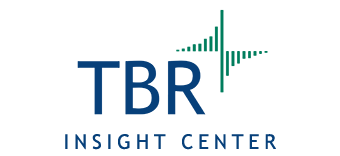In IoT, Oracle means business
“Business first” is the resounding message from Oracle regarding IoT. The company leaps over the technical morass and ecosystem complexities, which often bog down any digital transformation discussion, and instead starts with the business discussion: What is your pain point? Oracle has deep relationships with a wide customer base due to its legacy solutions, including ERP and supply chain management. Oracle leverages this vendor standing to start discussions with VPs and line-of-business (LOB) managers on how Oracle can improve the client’s business outcomes. Once a set of KPIs are agreed on, Oracle and its partners work backward with operational technology (OT) and IT teams to reach the business outcome.
TBR believes Oracle has made great strides with its business outcomes focus. The first time we talked to company executives, in September 2017, they seemed to be following the traditional route of going through IT, as IT vendors tend to do. However, the company faced similar roadblocks to its peers. Tribalism inside the organization — OT versus IT versus C-Suite — made collaboration inside a customer organization difficult. Oracle found itself selling to customer IT, with customer IT having to sell to management, and Oracle admits this approach was not working. And the issue was not just with the audience; what Oracle was selling — IoT capabilities and solutions — was also an issue. Now, the company is upselling features attached to existing products.
Oracle retooled its IoT go-to-market strategy to focus heavily on selling business outcomes and making its platform accessible to the business user. Below, we outline a few important steps Oracle has taken.
Portfolio simplification
Figuring out IoT is difficult for customers. It is not always clear which direction to go in, which use case to chase or how technologies will benefit the business. Ultimately, the number of paths to follow can lead to choice paralysis. Oracle addressed this with a narrower (but not less impactful) portfolio with five primary applications, or packaged solutions, aimed at specific business goals:
- Asset monitoring: Focuses on asset health, utilization, availability and predictive maintenance
- Production monitoring: Manufacturing equipment and production line monitoring and prognostics
- Fleet monitoring: Monitors shipments, fleet vehicles, driver behavior and costs
- Connected worker: Focuses on worker safety by monitoring workers and their environments
- Service monitoring for connected assets: Allows customers to engage in value-added services to their end customers through incorporating asset monitoring and manipulation capabilities into products
